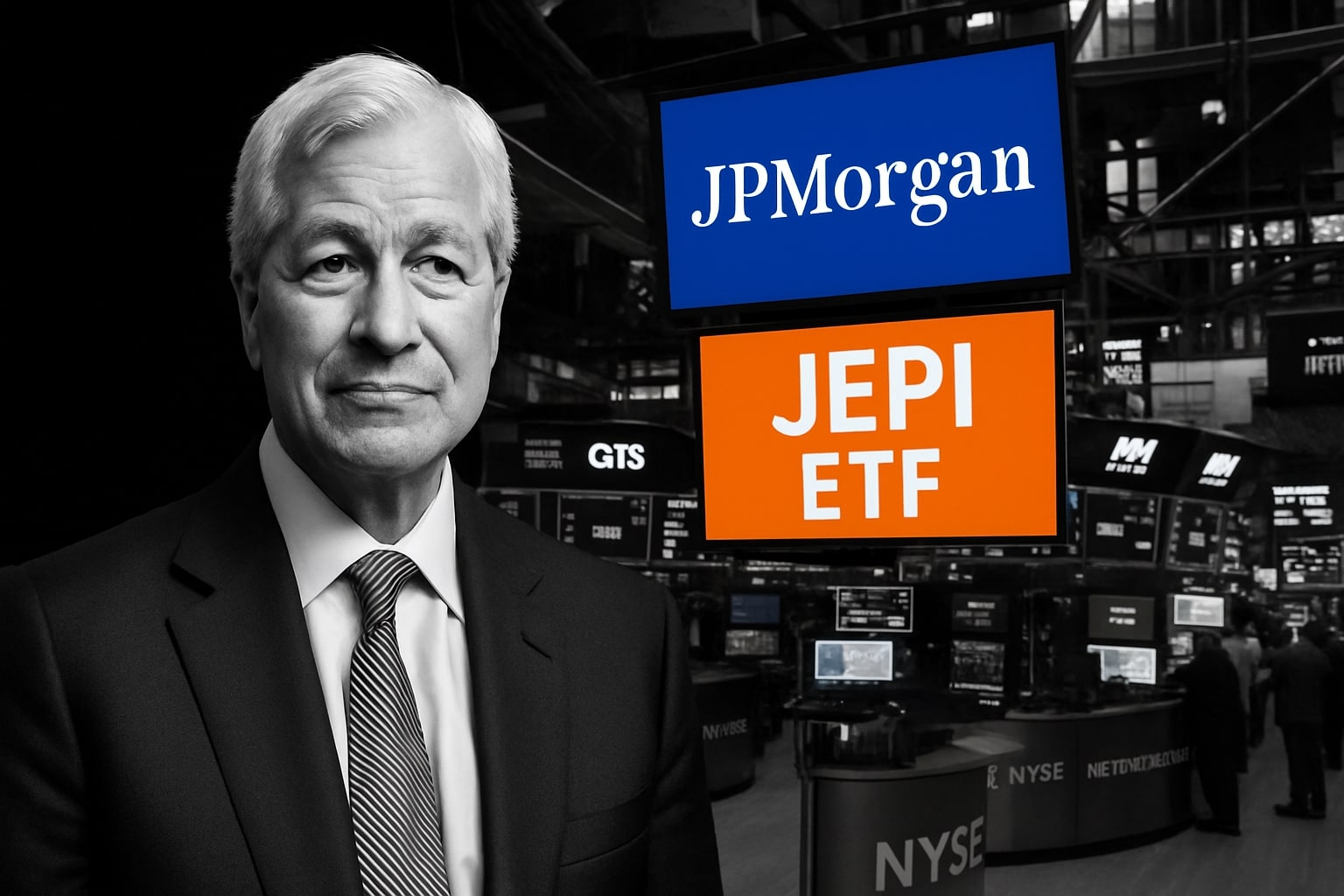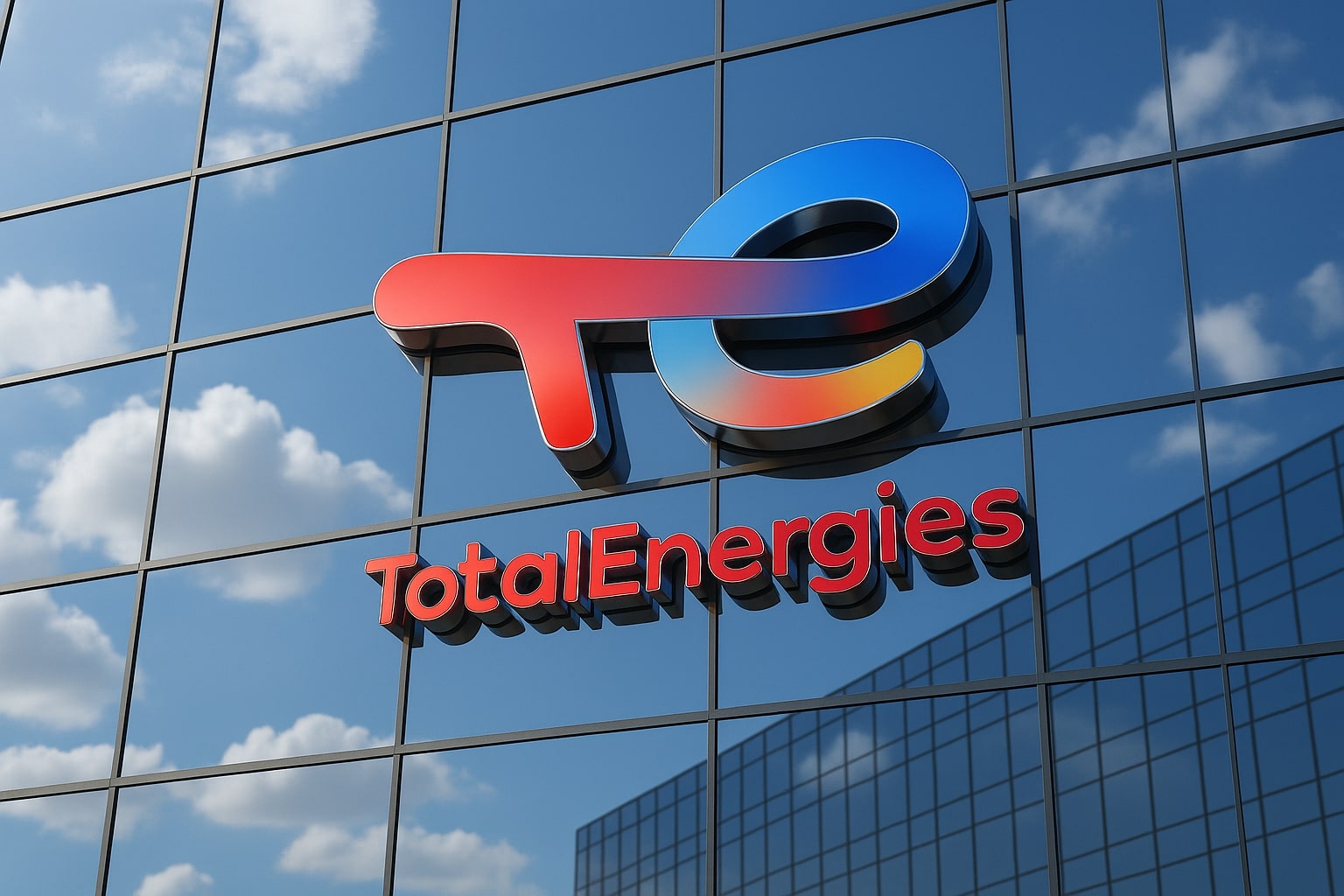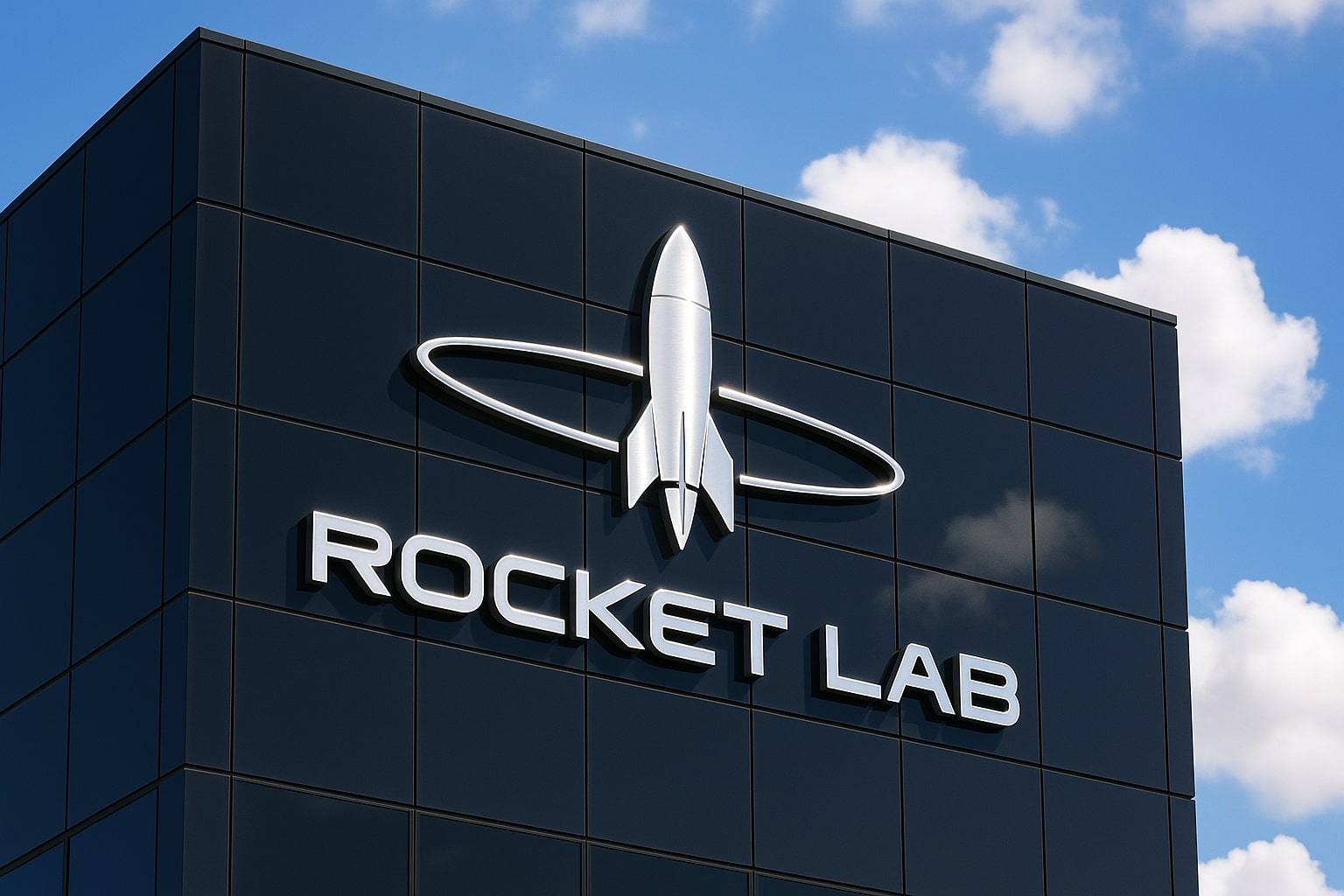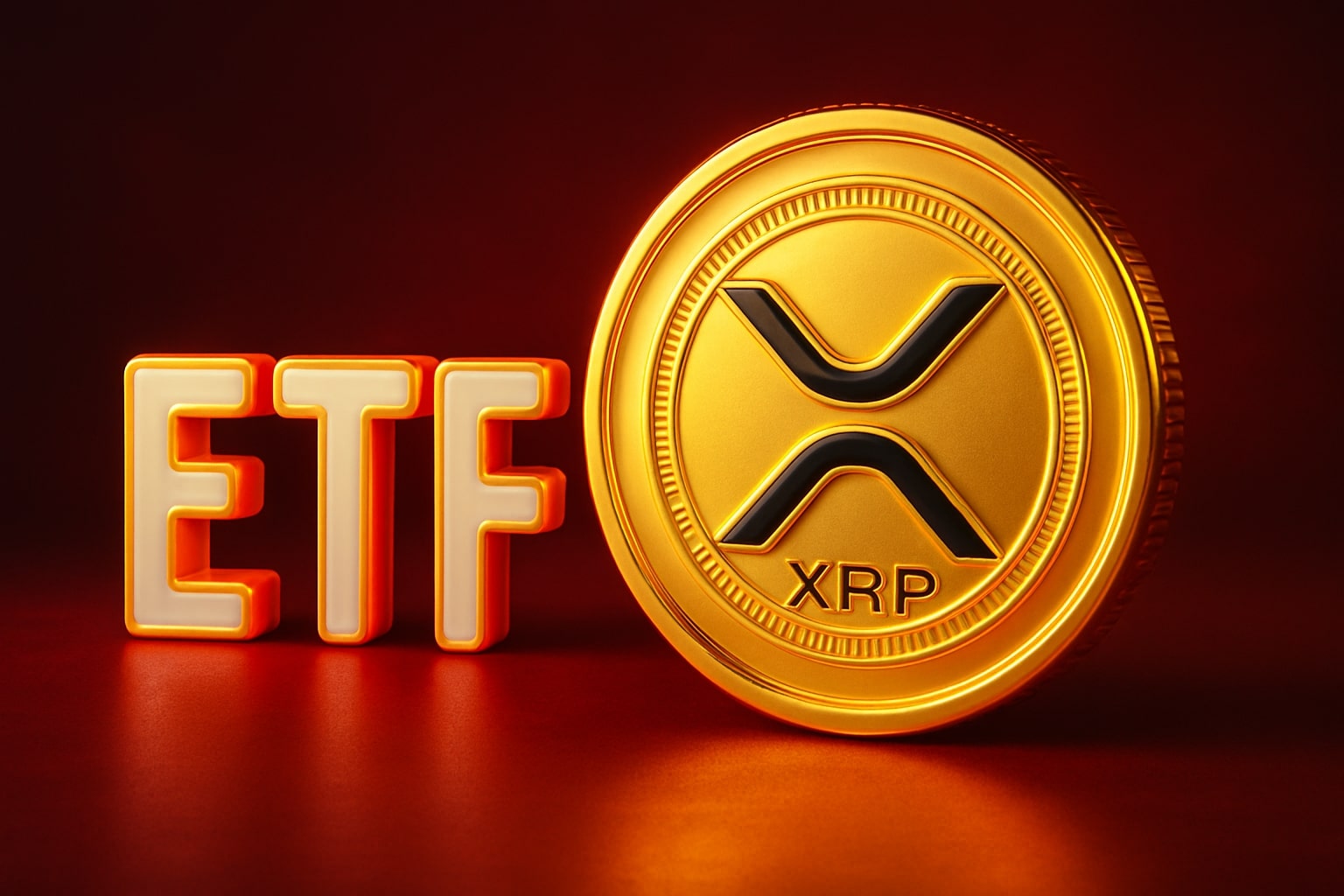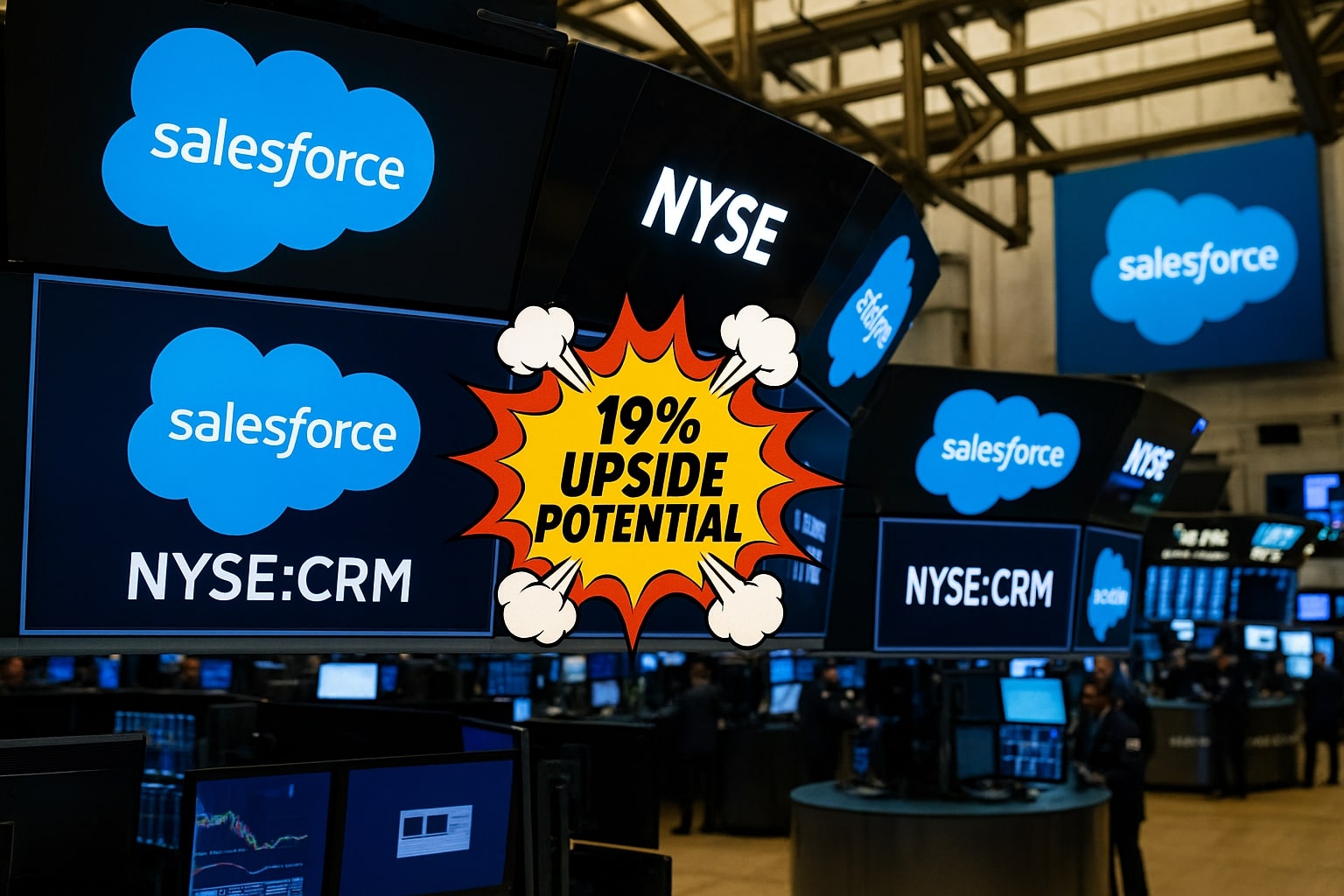
Salesforce (NYSE:CRM) at $275: Hidden AI Goldmine or Fading SaaS Giant?
Free cash flow hits $6.3B, Agentforce signs 8,000 clients, and CRM still trades below peers — Is Wall Street missing the 19% upside? | That's TradingNEWS
AI momentum builds, but revenue pace cools for NYSE:CRM
Salesforce (NYSE:CRM) closed the latest quarter with $9.83 billion in revenue, showing 8% year-over-year growth and outperforming consensus by $80 million. However, that figure also confirms a meaningful deceleration from the 20%+ growth rates it historically enjoyed. Investors have grown uneasy with this shift, especially as software peers like Microsoft (MSFT) and Palantir (PLTR) accelerate thanks to platform-based AI monetization.
The company is leaning heavily into its AI stack to reaccelerate growth. Agentforce, Salesforce’s flagship AI-driven workflow automation suite, has now been deployed by over 8,000 customers—up from 5,000 just a quarter ago. It is processing 22 trillion records and already managing 750,000 internal use cases. Despite this strong start, Agentforce accounts for just over $100 million in ARR, a small portion of Salesforce’s total revenue base which is on track to hit $41.0–$41.3 billion in FY26.
Agentforce wins clients fast, but AI revenue remains early-stage
Management noted that Agentforce’s rollout has been faster than expected, signing over 3,000 new customers since January. This AI platform allows large enterprises to build and scale internal agents autonomously. Yet despite aggressive adoption, its contribution to the broader revenue mix is still limited. AI-related revenues have crossed the $1 billion mark—but that’s less than 3% of CRM’s expected full-year sales.
The real question is whether these AI platforms can drive meaningful uplift in operating leverage. The current signs are mixed: while momentum is real, the margin benefits are not yet clear. Salesforce still relies heavily on sales and marketing, which although declining as a percent of revenue, remains its largest cost driver.
NYSE:CRM margins hit records, fueling optimism beneath the surface
One of Salesforce’s strongest tailwinds has come from margin expansion. GAAP operating margin reached 20% in Q1 FY26—its highest ever. Free cash flow reached $6.3 billion in the quarter alone, translating into an eye-popping 64% FCF margin. Over the trailing twelve months, Salesforce produced $12.6 billion in free cash flow, equivalent to a 32.8% margin. These numbers are helping support a bullish revaluation thesis even as topline growth fades.
Salesforce also returned $3.1 billion to shareholders this quarter—nearly 50% of quarterly free cash flow—through buybacks and dividends, with 87% of that capital going to share repurchases. Investors looking for capital efficiency should not ignore this trend.
NYSE:CRM valuation compresses near historic lows despite profitability
With CRM trading at just 21.1x forward earnings, the stock is now 6% below its 3-year average P/E ratio. Meanwhile, peers like Microsoft and SAP (SAP) are trading at significantly higher multiples. Even more extreme, Palantir (PLTR) trades at 63.6x forward earnings—a reflection of the AI narrative, but arguably detached from fundamentals.
Salesforce’s 10-year average forward EBITDA multiple is 26x. Today, it trades at just 14.1x—nearly two standard deviations below that average. Based on consensus FY26 EPS of $12.66, a fair re-rating to 25x earnings implies a price target of $317 per share, representing roughly 19% upside from today’s levels. That target excludes the added return potential from its dividend and buyback program.
Salesforce's acquisition of Informatica raises both hope and hesitation
Salesforce announced an $8 billion acquisition of Informatica (INFA) to deepen its AI and data cloud capabilities. The deal is projected to be free cash flow accretive by year two, though some on Wall Street remain skeptical about CRM’s M&A track record. Management insists the deal aligns with its broader AI strategy, but critics point to possible dilution and execution risk.
This isn’t an isolated move—last year’s $1.9 billion acquisition of Own Company also aimed at bolstering data management. Salesforce appears committed to replicating Microsoft’s Azure-style vertical integration by unifying its software stack with a deeper infrastructure layer for AI.
Still, the market wants more. Until CRM proves that these acquisitions translate to meaningful cross-sell expansion and higher AI penetration, caution will remain priced into the stock.
CRM pricing model shift introduces minor turbulence—but isn’t alarming yet
Another underappreciated factor in Salesforce’s transition is its evolving business model. While historically pricing was seat-based, Salesforce is slowly pivoting toward usage-based pricing in some products. This move introduces short-term volatility in SaaS predictability, but is consistent with broader industry trends. The company hasn’t flagged this as a revenue headwind yet, but the market is watching carefully.
The company’s FY26 revenue outlook—$41.0–$41.3 billion—implies 8–9% top-line growth, essentially flat from current run rates. That said, consensus does not yet assume aggressive AI monetization or significant tailwinds from recent acquisitions. If either of those levers outperform, there’s room for a surprise re-rating.
NYSE:CRM grows more stable, less speculative—and investors should notice
CRM’s five-year beta has dropped to ~1.4, down from previous highs, suggesting Salesforce is no longer trading like a speculative hyper-growth name. That’s a positive for long-term investors seeking risk-adjusted returns, particularly as the Nasdaq nears all-time highs and volatility creeps higher.
Margins are up, valuation is down, and free cash flow is near historic highs—yet the stock still trades well below peers. The “Oracle playbook” shift to organic growth and cost discipline is working—but Wall Street remains stuck on the slowing revenue story. That cognitive dissonance presents a window.
Verdict: NYSE:CRM is a Buy with 19%+ upside and improving conviction
Based strictly on the numbers—21.1x forward earnings, 64% quarterly FCF margin, top-tier gross margins, record-high GAAP profitability, and $3.1B in capital returns—Salesforce (NYSE:CRM) is undervalued.
Yes, top-line growth has slowed. But AI products like Agentforce are scaling fast, and CRM’s acquisition strategy—while risky—reflects a clear commitment to reinvigorating the story. At current prices, with the April bottom holding strong and valuation metrics deeply compressed, CRM offers 19–22% upside without even needing a growth surprise.
Rating: Buy.
That's TradingNEWS
Read More
-
JEPI ETF Edges to $57.11 as Yield Holds Above 8% and Covered-Call Premiums Power Income
11.11.2025 · TradingNEWS ArchiveStocks
-
XRP ETFs Slide — XRPI Down to $14.18 and XRPR to $19.80 as Investors Lock In Gains After Record Run
11.11.2025 · TradingNEWS ArchiveCrypto
-
Natural Gas Price Steadies Near $4.40 as Record U.S. Supply and Weather Volatility Define Market
11.11.2025 · TradingNEWS ArchiveCommodities
-
USD/JPY Price Forecast - Yen Holds Near 154.00 as Yen Slides and Market Awaits Fed-BoJ Policy Shift
11.11.2025 · TradingNEWS ArchiveForex














